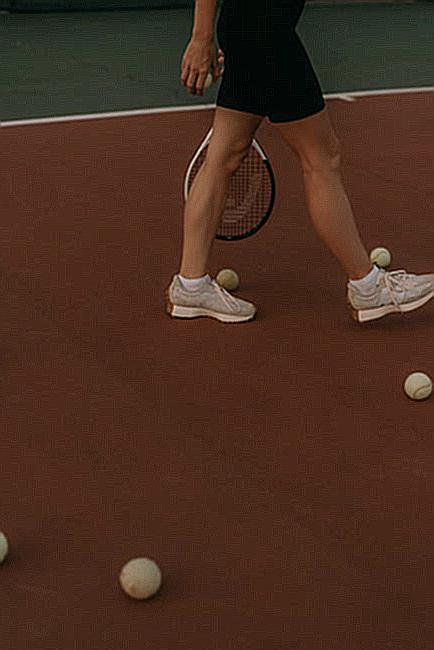The study of the effects of spin on the bounce of a tennis ball is an integral part of the overall tennis game. Spin is a crucial component in the tennis ball’s trajectory and bounce. It is this spin that allows a player to control the ball’s direction and height, making it a crucial tool in the game. In this essay, I will discuss the effects of spin on a tennis ball’s bounce, how it affects the ball’s trajectory, and how players can use spin to their advantage.
Let us first discuss the effect of spin on the bounce of a tennis ball. When a player swings the racket and presses the ball, a spin is produced. This contact causes the ball to rotate and result in a backspin, a topspin, or a sidespin. The spin determines the ball’s trajectory in the air and its bounce as it hits the court. The ball will spin in a straight line, and the backspin or topspin can cause it to stay lower as it approaches the court. The sidepin, on the other hand, can cause the ball to move sideways when it hits the court.

The twist also impacts the ball’s bounce when it hits the court. Depending on the type of spin being used, the ball can bounce higher, lower, or even sideways. Backspin causes the ball to bounce lower, but topspin causes it to bounce higher. When the ball bounces on the court, it will sidespin, causing it to spin sideways. When a ball is struck with a topspin, it tends to move faster, while a backspin makes it move slower.
It is important to note that the ball’s spin is not the only factor that influences its bounce. The surface of the court, the temperature, and the humidity can all influence the ball’s bounce. The surface of the court can influence the ball’s bounce, as a softer surface will cause it to bounce higher, while a harder surface will cause it to bounce lower. The temperature and humidity can also affect the ball’s bounce, as a colder and more humid environment will cause the ball to bounce lower, while a warmer and less humid environment will cause the ball to bounce higher.

In the game, players can utilize spin to their advantage. Players can control the ball’s orientation, height, and speed by using spin. Players can spin to hit the ball in the direction they want, as well as to control the ball’s height and speed. This could be used to gain a tactical advantage over their opponents. Players can make the ball move faster or slower by using spin, and they can also use spin to make the ball move in an unpredictable manner, making it much more difficult for them to return the ball.
In conclusion, the spin of a tennis ball affects the ball’s trajectory in the air and its bounce when it hits the court. The spin can cause the ball to move faster or slower, and it can cause it to move in an unpredictable manner. The surface of the court, the temperature, and the humidity will all influence the ball’s bounce. Players can use spin to their advantage to control the ball’s direction and speed, giving them a tactical advantage over their opponents.
